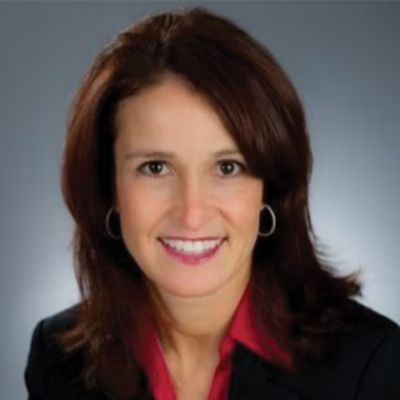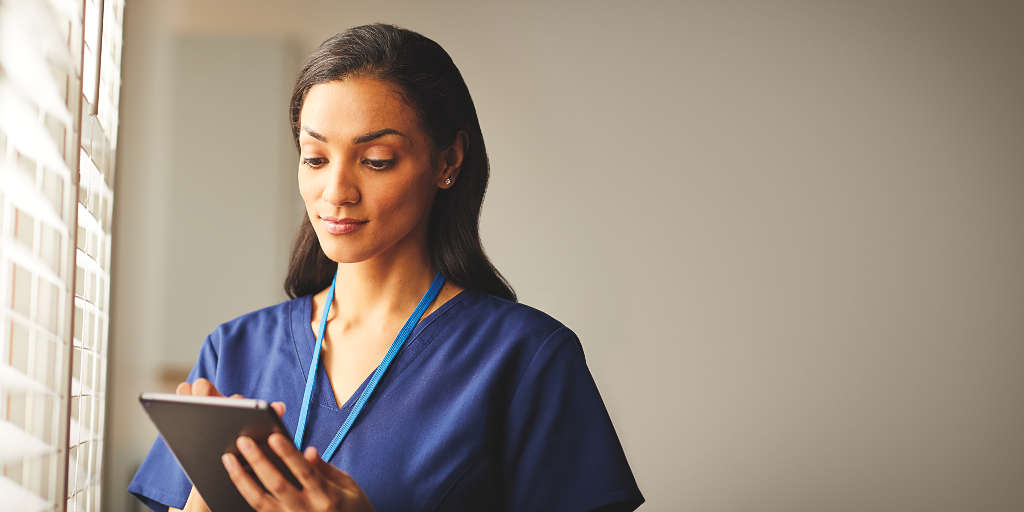
Clinical confidence and efficiency in SHD: an administrator’s perspective
- Featuring
- March 17 2025
- 5 min read
As Hackensack has expanded its reputation as an academic medical center, its Structural and Congenital Heart Center has been key to differentiating its cardiology services and becoming a destination for leading-edge structural heart disease (SHD) treatment. A hybrid OR built in partnership with Philips has been an important asset in the development of this center for excellence. In this article, Hackensack’s Director of Network Operations for Cardiovascular Care, Hilary Nierenberg, FACHE, shares her perspective on Hackensack’s growth and the ways that Philips has helped support that growth.
At-a-glance:
- Benefits of a multidisciplinary, specialty-neutral team approach to SHD treatment and care
- The impact of integrated systems in supporting procedural confidence and efficiency
- How the hospital is working with the CV TRIAD, a unique framework to tackle key challenges in cardiovascular care

Hackensack has always had a really stable reputation in the community. We have been a destination for advanced cardiac care for a long time… About 6 years ago, the priority to recruit and establish a SHD innovator took shape...

Hilary Nierenberg
FACHE, Director of Network Operations for Cardiovascular Care
Hackensack University Medical Cente
Building a center of excellence for structural heart disease
In a rapidly changing healthcare environment, Ms. Nierenberg steers the cardiovascular service line at Hackensack to navigate challenges and manage growth. As more patients of younger age and lower risk are referred for SHD procedures, managing these patients has become a key growth driver for Hackensack’s cardiovascular service line. This means that transcatheter procedures for SHD are helping to drive surgical volume and overall profitability.
She notes, “Structural heart disease care has been so innovative as we’ve moved away from open heart procedures to wire-based minimally invasive procedures. The development continues to be amazing as we look at other valves and other structural heart options. I think the general community is still not as aware as they could be that structural heart procedures can be percutaneous, rather than an open procedure.”
A multidisciplinary team approach to SHD cases is critically important. Ms. Nierenberg notes that Hackensack established the Structural and Congenital Heart Center to create a specialty-neutral, patient focused approach that could bring together multiple specialties in a structured way. She states, “We’ve created a center of excellence that is really very encompassing in the way it brings providers together, and the collaboration is incredible.”
One of the keys to growth has been Hackensack’s hybrid ORs, one of which features the Philips Azurion with FlexArm image-guided therapy system. The Azurion FlexArm is a ceiling-mounted system that gives teams the freedom to position staff and equipment to allow optimal patient access—supporting complex cases and new procedures.
Reflecting on the decision to partner with Philips, Ms. Nierenberg observes, “When you have the ability to build new rooms and bring in the best technology, you need to evaluate many options. The selection of Philips was driven by the users, based on the technology that they needed and the quality of the imaging that Philips provided. Having the capabilities of the FlexArm seemed so important—to be able to have flexibility while allowing as many team members in the room as possible.”

A view inside the cath lab at Hackensack.
How Philips supports procedural confidence and efficiency in structural heart care
In the hybrid OR, the Philips Azurion image-guided therapy system is integrated with the Philips EPIQ cardiovascular ultrasound with 3D transesophageal imaging to provide live fusion imaging guidance for structural heart procedures—while the interventionalist has complete access to images, patient monitoring and reports at table side. The care team can access a comprehensive patient view that helps improve teamwork and reduce errors.
Beyond the capabilities of the Philips hybrid OR, Ms. Nierenberg notes, “Ongoing support and easy access to the Philips team has been hugely beneficial. We don’t have barriers to access, which is incredibly valuable to the clinical team. It does seem like a partnership.”
She’s currently working with Philips to establish an ongoing training model that can help ensure her team is able to maximize the capabilities of the hybrid OR—by making sure new and current staff have frequent opportunities to train with Philips experts, long after the initial setup of the room.
Ms. Nierenberg states, “The product, the image quality, the collaboration has been really valuable to the team in helping us establish and continue to grow a very competitive and academic-oriented structural heart program.”

EPIQ CVxi with EchoNavigator provides a streamlined workflow experience for live fusion imaging.
Conclusion
As Hackensack continues to grow its SHD center of excellence, Philips remains a committed partner in supporting that growth. Ms. Nierenberg notes that this type of partnership is essential:
Building a successful program requires collaborative leaders, accountability & goals, support for research, a forum for quality & outcomes. A solid industry partner is also crucial—because imaging enables the opportunity to provide the best care.

Hilary Nierenberg
FACHE, Director of Network Operations for Cardiovascular Care
Hackensack University Medical Center
Clinical confidence and efficiency in structural heart disease: an administrator’s perspective
Copy this URLto share this story with your professional network
Sign up for news and updates

Disclaimer
Results are specific to the institution where they were obtained and may not reflect the results achievable at other institutions. Results in other cases may vary.